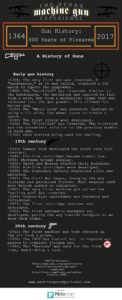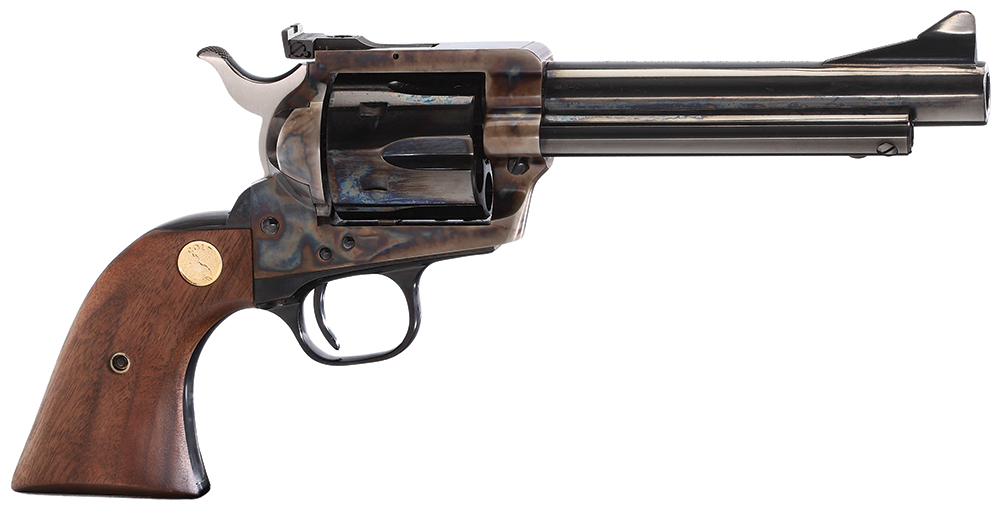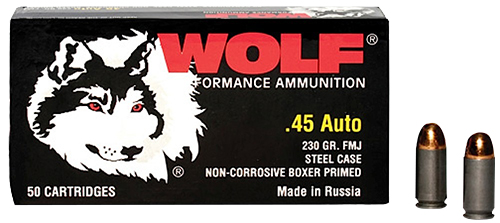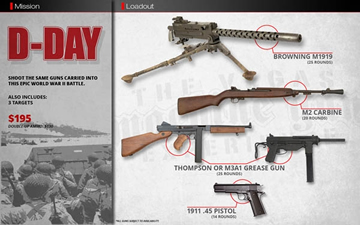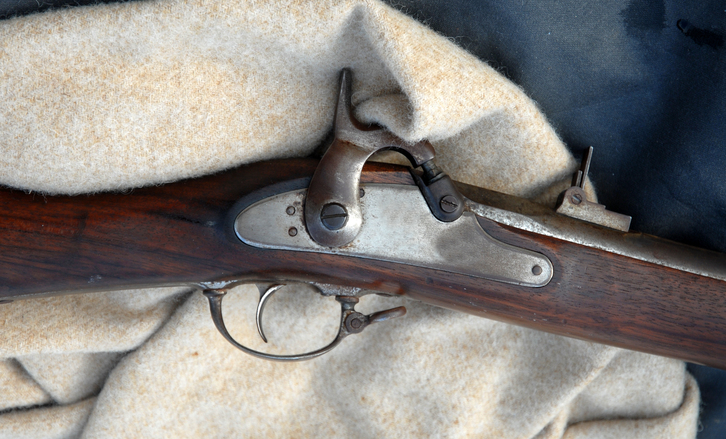This outlaw has earned his place in history as one of the most notorious cowboys in the West… But how much of it is true? Legendary Billy The Kid The Legend You may have heard the story of Billy the Kid. He’s the unstoppable outlaw responsible for killing 21 men, train robberies, bank robberies, etc., right? The young gun with a short temper who killed his first man at age 12? The story goes that Billy the Kid, born Henry McCarty, was born in New York City on November 23, 1859, to a single mother. Following the death of her husband, Henry’s mother Catherine took her son and moved to Indianapolis where she met William Antrim. They soon moved to the New Mexico territory to start their new lives. Henry was 15 when his mother died. The crime started shortly after when McCarty famously stole laundry, a notably minor crime for such a notorious character. This landed McCarty in the spotlight as a first time wanted man.This led him down a path of stealing horses and small petty crime that would soon escalate even further. Over the course of his outlaw career, Billy would solidify his reputation as a cold-blooded killer who would end your life for so much as looking at him funny. He only lived to be 21 however, but many believe that his death was a hoax and he would live to be much much older. So, how much of this is true? The Truth There are a lot of myths surrounding The Kid, a lot of which have been put into films and literature. These stories have been told again and again, so you might be surprised to find out the truth of Billy the Kid. Not only is most of the story inaccurate, but also
This outlaw has earned his place in history as one of the most notorious cowboys in the West… But how much of it is true?
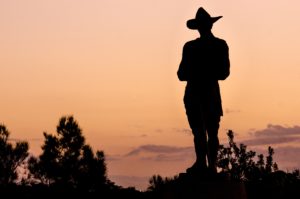
Legendary Billy The Kid
The Legend
You may have heard the story of Billy the Kid. He’s the unstoppable outlaw responsible for killing 21 men, train robberies, bank robberies, etc., right? The young gun with a short temper who killed his first man at age 12?
The story goes that Billy the Kid, born Henry McCarty, was born in New York City on November 23, 1859, to a single mother. Following the death of her husband, Henry’s mother Catherine took her son and moved to Indianapolis where she met William Antrim. They soon moved to the New Mexico territory to start their new lives. Henry was 15 when his mother died.
The crime started shortly after when McCarty famously stole laundry, a notably minor crime for such a notorious character. This landed McCarty in the spotlight as a first time wanted man.This led him down a path of stealing horses and small petty crime that would soon escalate even further.
Over the course of his outlaw career, Billy would solidify his reputation as a cold-blooded killer who would end your life for so much as looking at him funny. He only lived to be 21 however, but many believe that his death was a hoax and he would live to be much much older. So, how much of this is true?
The Truth
There are a lot of myths surrounding The Kid, a lot of which have been put into films and literature. These stories have been told again and again, so you might be surprised to find out the truth of Billy the Kid.
Not only is most of the story inaccurate, but also the truth is that most of it is a mystery. The problem is that most of it has no historical proof.
Here are some of the most commonly believed myths of Billy the Kid:
His kill count
Probably the most polarizing discussions of Billy the Kid involves the grizzly matter of just how many men he killed. A very popular myth is that he killed 21 men (one man per year he lived). It didn’t help that he was part of a vigilante group known as the Regulators whose collective kill count spilled a little into his.
The truth is that Billy was only solely responsible for four deaths—Frank Cahill, Joe Grant, James Bell and Bob Olinger. Two of which were self defense situations and the other two were from one event of escaping from prison. Hardly seems like an outlaw when he’s just defending himself.
His intelligence
Many people believe The Kid to be illiterate and uneducated. Possibly due to his age and the environment of the south western territories at that time was a bit baron and didn’t have a lot of resources.
The fact is Henry McCarty really enjoyed reading as a small child. Although he didn’t have a formal education, people around that time considered him to be bright young man. He was also fluent in Spanish.
His left-handedness
It’s a classic quirk the legend is known for. It’s another very interesting thing that makes him stand out against all the other outlaws of the time.
The truth is actually more interesting than that: he was ambidextrous, which is far more impressive than being a lefty. The misconception began when a picture of Billy was found where Billy had his holster and revolver on the left side of his body. However, after observing a Winchester rifle in the same photo, it was revealed that the picture was flipped, making the right-handed gun fighter look left handed.
His family
A lot of stories go around that he had a younger brother named Edward. There’s also a lot of non-clarity about his birth mother and step parents, how they died, where they’re from, etc.
Billy had a younger brother named Joseph… not Edward. It’s unknown where Edward comes from.
His Temperament
Probably one of the most widely believed things about Billy is that he would shoot a man for simply looking at him wrong. There are countless stories of people being afraid to even approach the Kid, as they were afraid of what he’d do.
According to testimonies of his closest allies, Billy was one of the easiest going people they came across in a time of the wild west. As stated earlier, he only killed four men, and it was out of self-defense. Billy was, apparently, a kind-hearted caring soul.
The Truth about Billy the Kid, Summarized
Billy the Kid is a legendary cowboy who went down in history as a ruthless brute, but the truth is a bit far off. He was, in fact, an intelligent, easy-going and sober-minded individual who gets a rep for evil-doings and maliciousness. Obviously, it goes without saying that he may not have been the shining example of how someone should be, but the truth is still far more interesting than legend.
Be Legendary
There are lots of legendary cowboys who are experienced shooters and adventurous souls, but those are all just legends, right? There’s a lot of truth in these stories of famous gunslingers, but only experiencing guns can set apart fact from fiction. So, test your gun firing skills in an authentic environment and experience what it’s like to fire real guns!
